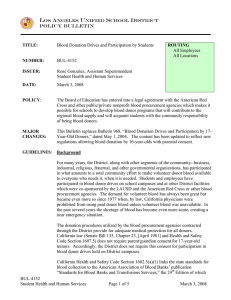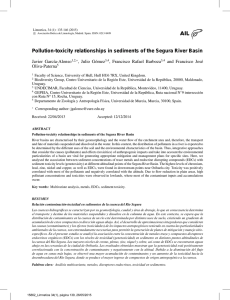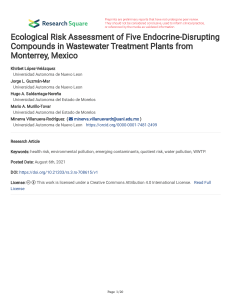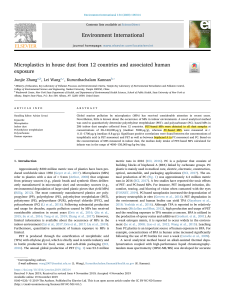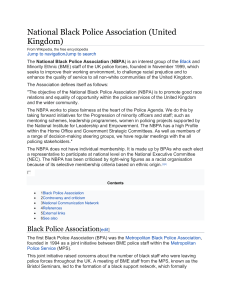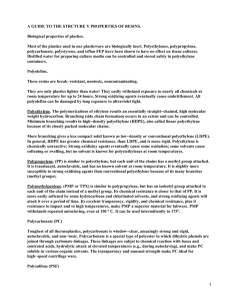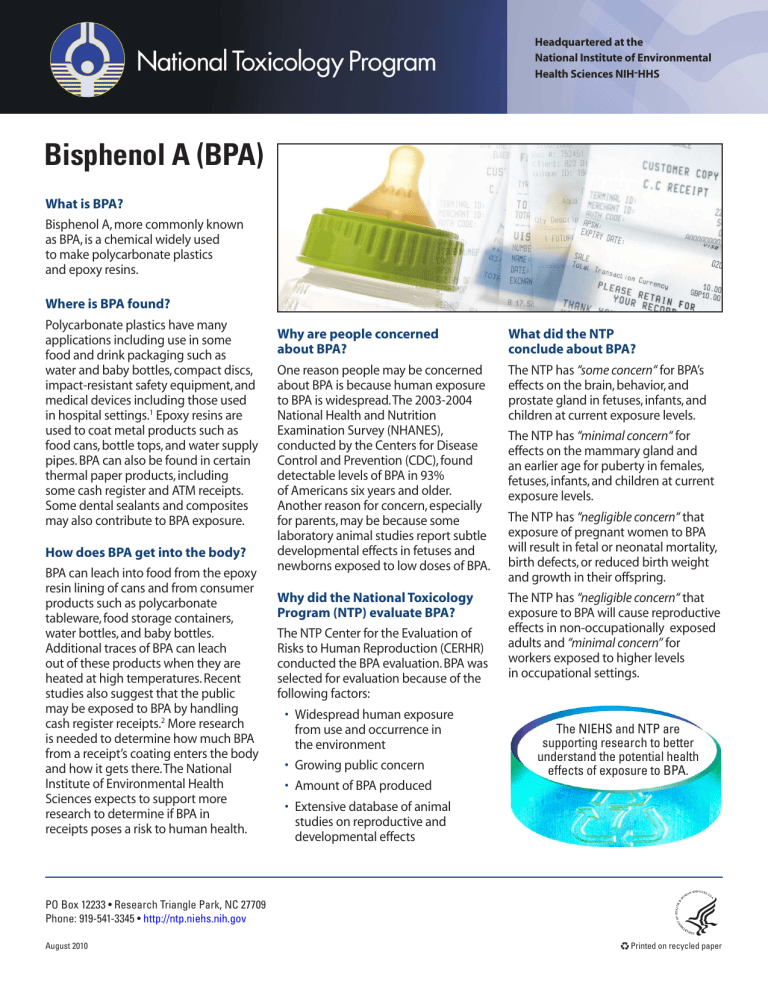
Headquartered at the National Institute of Environmental Health Sciences NIH-HHS Bisphenol A (BPA) What is BPA? Bisphenol A, more commonly known as BPA, is a chemical widely used to make polycarbonate plastics and epoxy resins. Where is BPA found? Polycarbonate plastics have many applications including use in some food and drink packaging such as water and baby bottles, compact discs, impact-resistant safety equipment, and medical devices including those used in hospital settings.1 Epoxy resins are used to coat metal products such as food cans, bottle tops, and water supply pipes. BPA can also be found in certain thermal paper products, including some cash register and ATM receipts. Some dental sealants and composites may also contribute to BPA exposure. How does BPA get into the body? BPA can leach into food from the epoxy resin lining of cans and from consumer products such as polycarbonate tableware, food storage containers, water bottles, and baby bottles. Additional traces of BPA can leach out of these products when they are heated at high temperatures. Recent studies also suggest that the public may be exposed to BPA by handling cash register receipts.2 More research is needed to determine how much BPA from a receipt’s coating enters the body and how it gets there. The National Institute of Environmental Health Sciences expects to support more research to determine if BPA in receipts poses a risk to human health. Why are people concerned about BPA? One reason people may be concerned about BPA is because human exposure to BPA is widespread. The 2003-2004 National Health and Nutrition Examination Survey (NHANES), conducted by the Centers for Disease Control and Prevention (CDC), found detectable levels of BPA in 93% of Americans six years and older. Another reason for concern, especially for parents, may be because some laboratory animal studies report subtle developmental effects in fetuses and newborns exposed to low doses of BPA. Why did the National Toxicology Program (NTP) evaluate BPA? The NTP Center for the Evaluation of Risks to Human Reproduction (CERHR) conducted the BPA evaluation. BPA was selected for evaluation because of the following factors: • Widespread human exposure from use and occurrence in the environment • Growing public concern • Amount of BPA produced • Extensive database of animal studies on reproductive and developmental effects What did the NTP conclude about BPA? The NTP has “some concern“ for BPA’s effects on the brain, behavior, and prostate gland in fetuses, infants, and children at current exposure levels. The NTP has “minimal concern“ for effects on the mammary gland and an earlier age for puberty in females, fetuses, infants, and children at current exposure levels. The NTP has “negligible concern“ that exposure of pregnant women to BPA will result in fetal or neonatal mortality, birth defects, or reduced birth weight and growth in their offspring. The NTP has “negligible concern“ that exposure to BPA will cause reproductive effects in non-occupationally exposed adults and “minimal concern” for workers exposed to higher levels in occupational settings. The NIEHS and NTP are supporting research to better understand the potential health effects of exposure to BPA. PO Box 12233 • Research Triangle Park, NC 27709 Phone: 919-541-3345 • http://ntp.niehs.nih.gov August 2010 Printed on recycled paper What can I do to prevent exposure to BPA? If you are concerned, you can make personal choices to reduce exposure: • Don’t microwave polycarbonate plastic food containers. Polycarbonate is strong and durable, but over time it may break down from repeated use at high temperatures. • Avoid plastic containers with the #7 on the bottom (http://www. recyclenow.org/r_plastics.html). • Don’t wash polycarbonate plastic containers in the dishwasher with harsh detergents. Explain the levels of concern used by the NTP. What does “some concern” mean? “Some concern” represents the mid-point of a five-level scale of concern used by the NTP. The likelihood of an adverse effect resulting from human exposure is expressed as a level of concern. The levels from highest to lowest are: • Serious Concern • Concern • Some Concern • Minimal Concern • Negligible Concern In the case of BPA, the NTP expressed “some concern” for potential exposures to the fetus, infants, and children. There are insufficient data from studies in humans to reach a conclusion on reproductive or developmental hazards presented by current exposures to BPA, but there is limited evidence of developmental changes occurring in some animal studies at doses that are experienced by humans. It is uncertain if similar changes would occur in humans, but the possibility of adverse health effects cannot be dismissed. The NTP conclusions are based on the weight of scientific evidence, and integrate toxicity and exposure information. How will the NTP conclusions be used? The NTP shares the results widely. For example, The NTP-CERHR Monograph, which includes the NTP Brief on BPA, the Expert Panel Report, and the public comments on the Panel Report, are added to the NTP/CERHR and NIEHS Web sites, and distributed to federal and state agencies, and interested individuals and organizations. It is also indexed in PubMed. What is the FDA’s current perspective on BPA? In January 2010, the U.S. Food and Drug Administration (FDA) announced it shares the perspective of the NTP that recent studies provide reason for some concern about the potential effects of BPA on the brain, behavior, and prostate gland of fetuses, infants, and children. Visit the FDA Web site at http://www. fda.gov/newsevents/publichealthfocus/ ucm064437.htm for more information. • Reduce your use of canned foods. Eat fresh or frozen foods. • When possible, opt for glass, porcelain, or stainless steel containers, particularly for hot food or liquids. • Use infant formula bottles that are BPA free and look for toys that are labeled BPA free. Where can I go for more information? For more information on what federal agencies are doing related to BPA, visit the following web sites and search for “BPA.” U.S. Department of Health and Human Services: http://www.hhs.gov U.S. Food and Drug Administration: http://www.fda.gov/ Centers for Disease Control and Prevention: http://www.cdc.gov/ U.S. Environmental Protection Agency: http://www.epa.gov/ Consumer Product Safety Commission: http://www.cpsc.gov/ National Institute of Environmental Health Sciences: http://www.niehs.nih.gov National Toxicology Program: http://ntp.niehs.nih.gov Calafat AM, Weuve J, Ye X, Jia LT, Hu H, Ringer S, et al. 2009. Exposure to bisphenol A and other phenols in neonatal intensive care unit premature infants. Environmental Health Perspectives 117(4):639-644. 2 Biedermann S, Tschudin P, and Grob K. 2010. Transfer of bisphenol A from thermal printer paper to the skin. Analytical and Bioanalytical Chemistry. Epub ahead of print. DOI 10.1007/s00216-010-3936-9. 1

